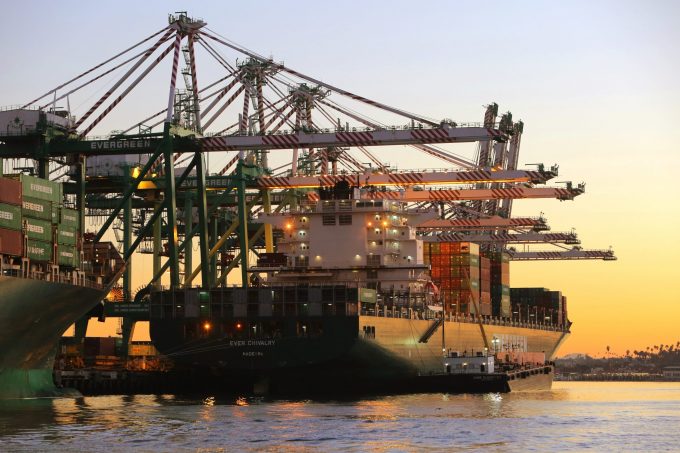Multiple factors return Rotterdam to top of Europe's box chart
Factors: congestion, omissions and land side

To take advantage of skyrocketing freight rates, liner operators added 23 transpacific services between July 2020 and last month, boosting nominal capacity by 33%, according to the Shanghai Shipping Exchange.
In July 2020, global container shipping capacity stood at 23.8m teu, the transpacific accounting for 3.74m ...

Comment on this article